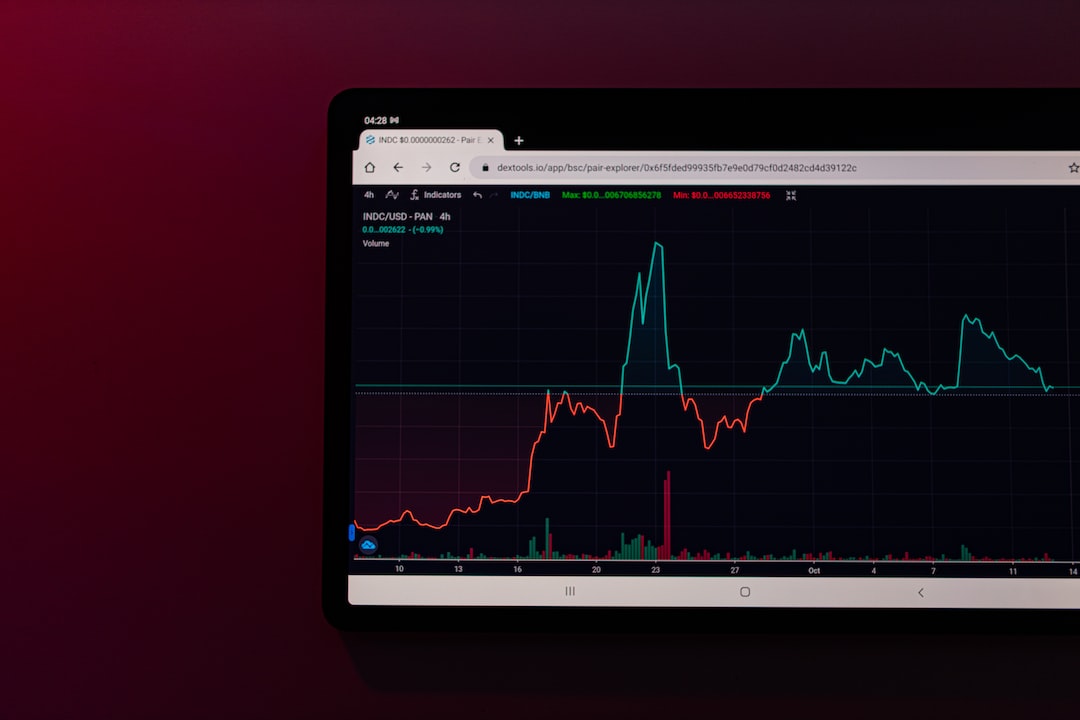Polygon (MATIC) vs. Ethereum: A Comparison of Scalability Solutions
Are you interested in cryptocurrency and blockchain technology? If so, you’ve probably heard of Ethereum, the second-largest cryptocurrency by market capitalization. While Ethereum is undoubtedly a significant player in the blockchain world, it faces challenges when it comes to scalability. This is where Polygon, formerly known as Matic Network, comes into the picture as a potential solution. In this article, we will compare Polygon (MATIC) to Ethereum as scalability solutions, and explore the advantages and disadvantages of both platforms. So let’s get started and dive into the world of decentralized finance!
What is Polygon (MATIC)?
Polygon, previously known as Matic Network, is a Layer 2 scaling solution for Ethereum. It aims to improve the scalability and usability of Ethereum by offering a framework for building and connecting blockchain networks. By solving some of Ethereum’s limitations, Polygon enables faster and cheaper transactions on its network. With Polygon, developers can create their own customized blockchains, known as sidechains, and connect them to Ethereum’s mainnet, providing a scalable ecosystem for decentralized applications (dApps).
The core component of Polygon is its Proof-of-Stake (PoS) consensus mechanism, which allows for faster transaction validation and higher throughput. This PoS model also reduces the energy consumption associated with mining and addresses some of the environmental concerns associated with traditional Proof-of-Work (PoW) systems like Ethereum. Furthermore, Polygon leverages Ethereum’s security by relying on its mainnet for final settlement, ensuring the interoperability of assets between the Polygon sidechains and Ethereum.
Scalability Comparison: Polygon (MATIC) vs. Ethereum
Now, let’s compare the scalability solutions offered by Polygon and Ethereum. Ethereum’s current network faces scalability challenges due to the high demand for transactions, resulting in limited throughput and increased fees. This congestion slows down the network and makes transactions expensive, hindering its potential for mass adoption.
On the other hand, Polygon seeks to alleviate these issues by providing a Layer 2 solution. By offloading transactions to its sidechains, Polygon significantly increases scalability. With multiple sidechains running in parallel, the network can process more transactions simultaneously, enhancing the overall user experience. This scalability improvement also results in lower fees for users, making Polygon an attractive alternative for developers building scalable dApps.
Moreover, Polygon’s infrastructure allows for interoperability and compatibility with Ethereum. Developers can seamlessly migrate their Ethereum-based applications to the Polygon network, taking advantage of its enhanced scalability without sacrificing the security and decentralization offered by Ethereum’s mainnet. This compatibility facilitates the adoption and integration of existing Ethereum projects onto the Polygon network, expanding its ecosystem and applications.
Advantages and Disadvantages of Polygon (MATIC)
Polygon offers several advantages over Ethereum in terms of scalability. Its Layer 2 scaling solution enables faster and cheaper transactions, making it an attractive choice for users looking for a seamless and cost-effective experience. Polygon’s compatibility with Ethereum allows developers to leverage their existing knowledge and infrastructure, simplifying the migration process to the Polygon network.
However, it’s important to consider the potential disadvantages of Polygon as well. While it provides solutions for scalability, its reliance on Ethereum’s mainnet for final settlement introduces a certain level of centralization. Additionally, as with any emerging technology, there may be concerns regarding the security and maturity of the Polygon network. It’s essential to conduct thorough research and due diligence before fully committing to using Polygon for your decentralized applications.
Conclusion and Final Thoughts
In summary, Polygon (MATIC) offers a compelling scalability solution for Ethereum’s network. Its Layer 2 architecture and compatibility with Ethereum allow for faster transactions, lower fees, and increased throughput. By leveraging the security and decentralization of Ethereum’s mainnet, Polygon provides a scalable ecosystem for decentralized applications, bridging the gap between usability and scalability in the blockchain world.





 By
By
 By
By
 By
By

 By
By
 By
By